India has a rich culture and an unbroken tradition of architecture that stretches over 4,000 years. More than 65 million of about 118 million houses in the country are made of mud³, Living an unbound tradition of man’s creative instincts, Indian architectural history is an old book we’ve been looking past. Houses in the past were built according to the weather conditions of the state and area, keeping in mind to source local material and what was readily available.

Mud houses were prominent in both northern and southern India’s plain regions, Many houses were almost 50-100 years old and still standing intact and unbroken from the harsh chapter of changing trends. They were environment friendly and affordable for everyone to build a humble abode for their family and so did people. What’s more interesting to look at? People in those times used their skills and passed on knowledge to build their houses through naturally available materials. There were many techniques followed according to weather conditions but some of them remained the same throughout every construction.

A very famous plastering technique known as lipayi was done in many houses across India. Liyapi is a mud plaster done with a mixture of clay or locally available mud and mixing it with a binding agent like cow dung, there are some more very fascinating ingredients in this mixture such as straw, fenugreek and bel fruit ( Aegle marmelos) and depending upon the area of construction these materials vary. There is cost-effectiveness to this method of construction, which is far more affordable than building with new-age materials like cement and bricks.
The practice of applying a thin paste made of cow dung, clay and cow urine, as a disinfectant, on the floor of mud (kutcha) houses in rural areas is an age-old practice. A fine slurry is prepared by thorough mixing of the clay, cow dung and cow urine in a container. The paste is then applied manually using bare hands or a locally made brush¹. Cowdung and cow urine possess complex degrading substances and may possess antibacterial properties. Addition of clay results in better adhesion of other constituents to the treated surface.²

A very suitable example of this technique is seen in houses known as Bhungas from the region of Kutch, Gujrat. They are constructed from locally available bamboo, clay and timber. Bhungas walls and floors are made of clay mixed with the dung of a cow, camel or horse. This process protects the structure from varying temperatures, keeping the interior cool during the hot season and warm during the cold winters. These houses are also known as ‘Architecture without architects’ for their robustness against natural hazards and pleasant aesthetics. Lipyai is done in periodic intervals on the walls and floor both as mud is more prone to damage. Mud houses have inherent advantages but it also comes with disadvantages such as vulnerability to water and dangers from rodents and thieves.

Today, a lot of people are experimenting with building mud houses, as they are environmentally friendly and cost-effective. Some of the older techniques have been replaced by better construction techniques using naturally sourced raw materials. The architectural technique is also used in many traditional arts and crafts. Check them out here.
Sources:
1. https://www.fao.org/3/X5672E/x5672e07.htm
2. https://owlcation.com/agriculture/The-Many-Uses-of-Cow-Dung
3. https://b2bchief.com/mud-buildings-that-use-traditional-knowledge-and-no-cement-are-making-a-comeback/













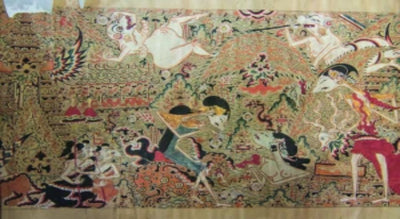
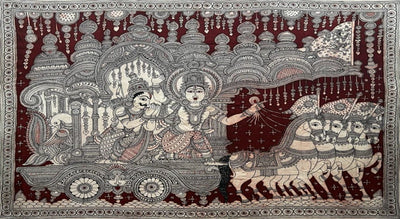

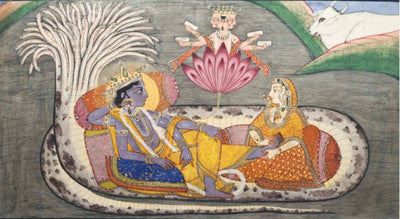

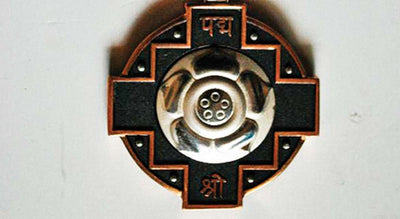
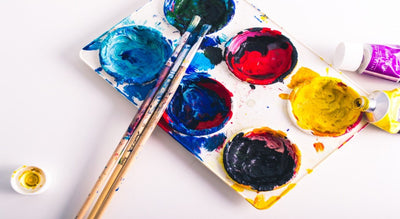
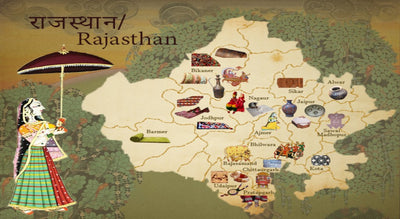
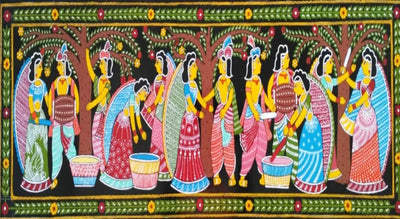
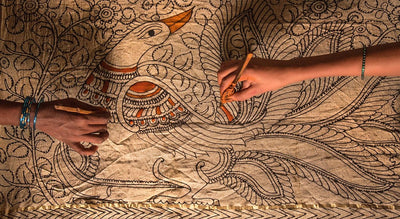
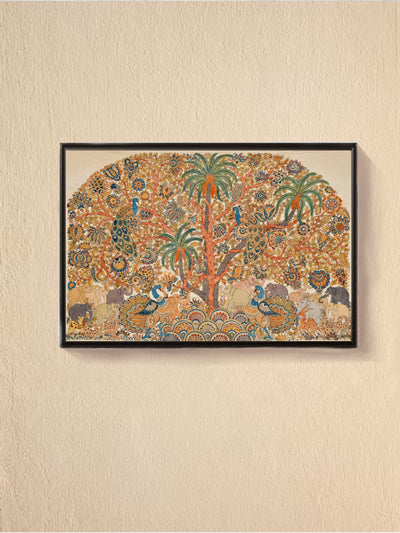







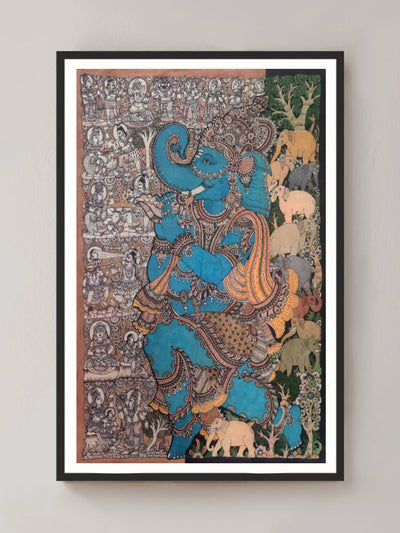








0 comments